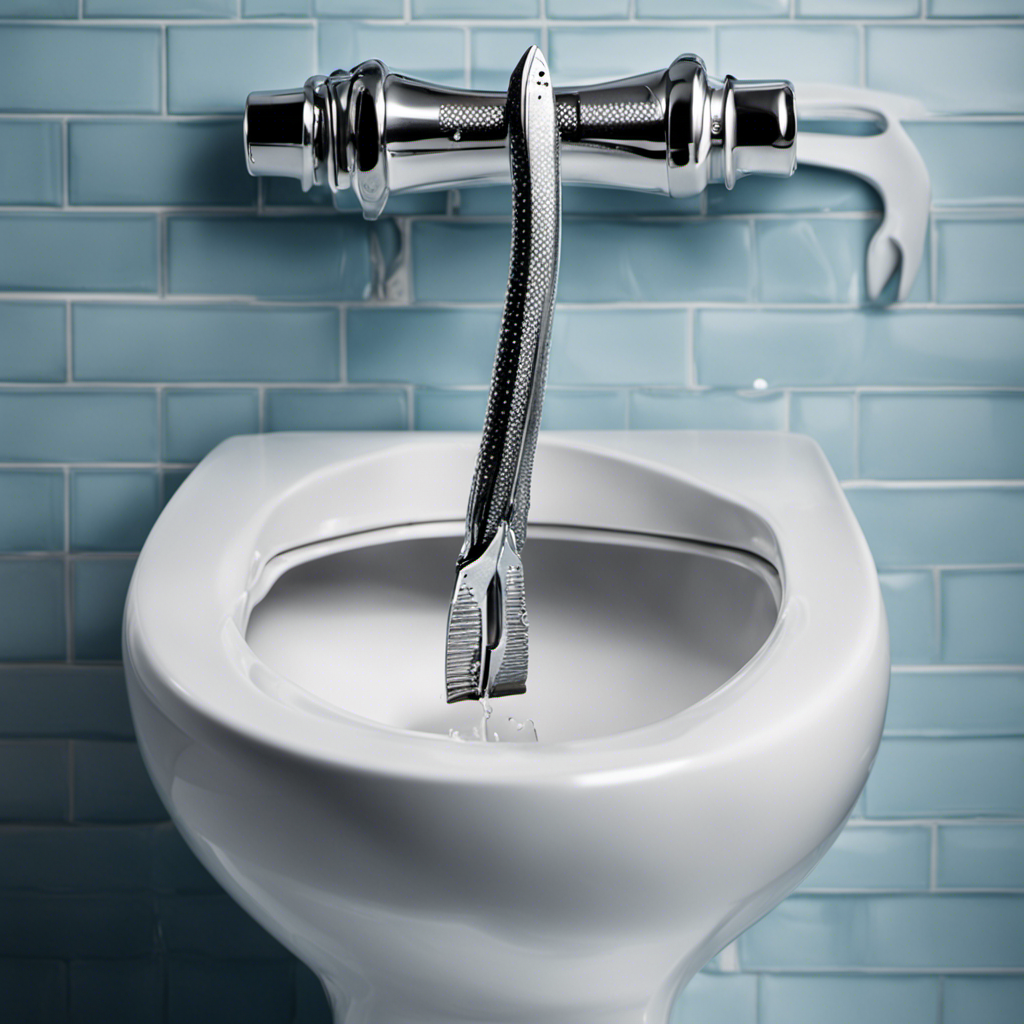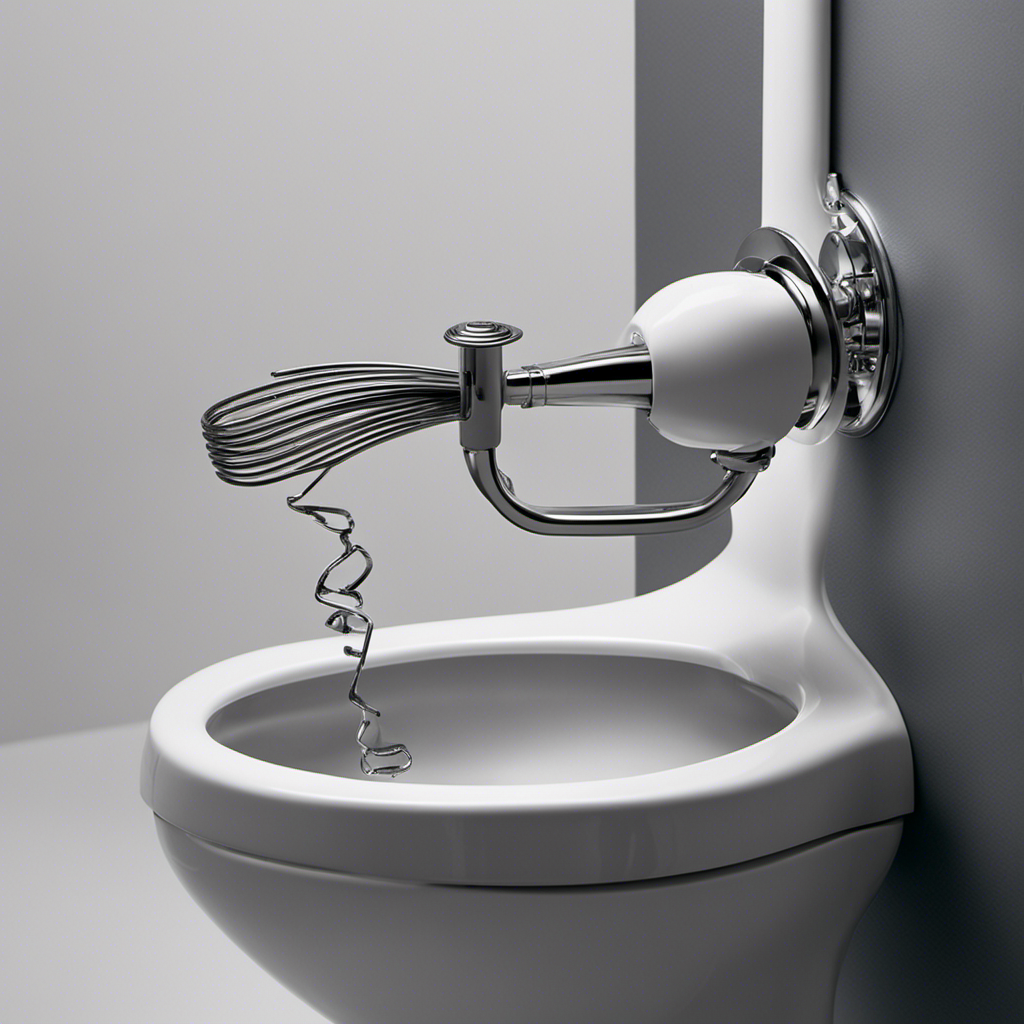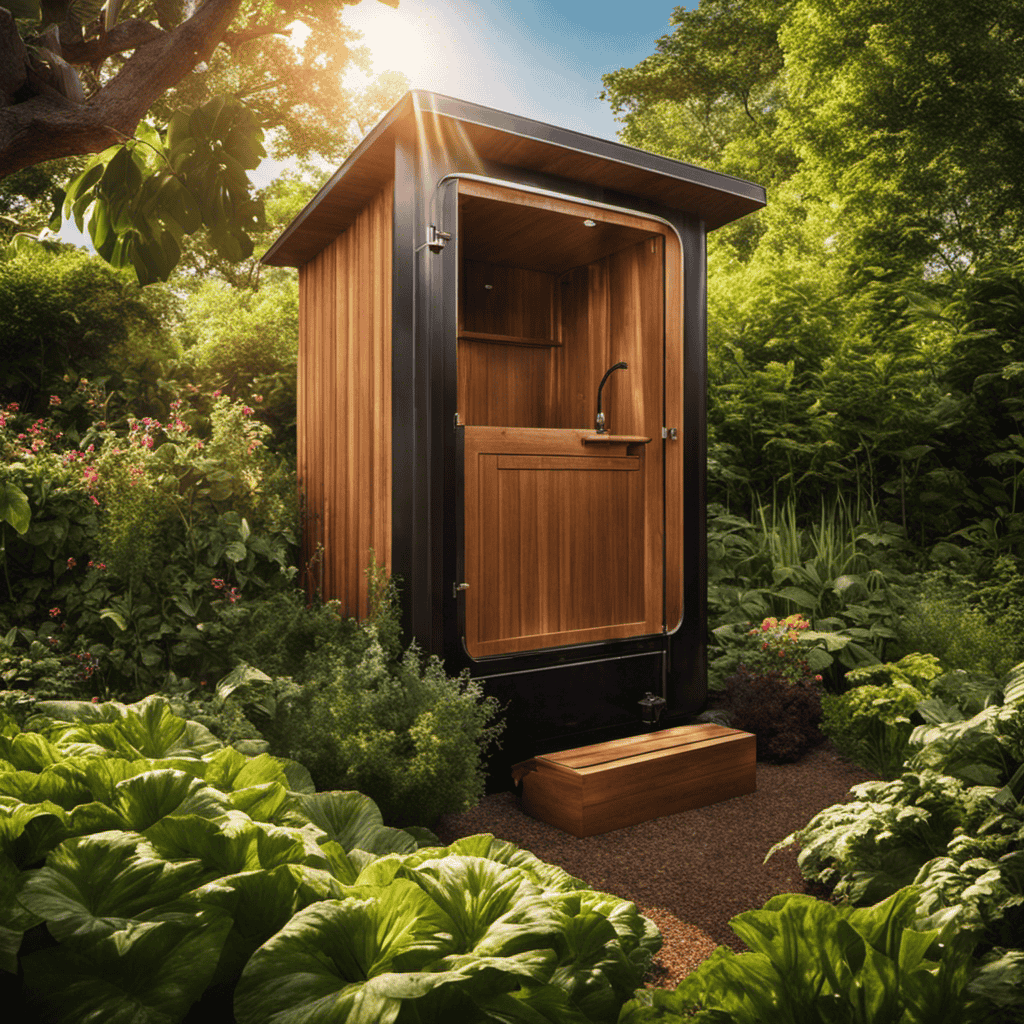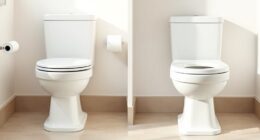Imagine stepping back in time, when the modern comforts of toilet paper were nonexistent. Curiosity fills your mind as you ponder what our ancestors used before this essential bathroom staple was invented.
In this article, we will delve into the fascinating world of ancient personal hygiene practices. From plant-based alternatives to innovative methods from different cultures, we will explore the creative solutions our predecessors devised to keep themselves clean.
Prepare to be amazed by the unconventional toilet paper substitutes they used, and the natural materials they relied on for personal cleansing.
Key Takeaways
- Ancient civilizations like Egypt, Greece, and Rome relied on bathing rituals for cleanliness.
- Leaves, cloth wipes made from linen or wool, and water and hands were commonly used for personal hygiene before the invention of toilet paper.
- Bamboo wipes and coconut husks offer sustainable alternatives to traditional toilet paper, allowing for more environmentally conscious choices.
- Different cultures and communities showed resourcefulness and adaptability in finding alternatives for personal hygiene, using materials such as corn cobs, shells, large leaves, and moss.
Ancient Forms of Personal Hygiene
You might be surprised to learn that people in ancient times didn’t use toilet paper for personal hygiene. Instead, they relied on ancient bathing rituals and the traditional use of cloth wipes.
In ancient civilizations such as Egypt, Greece, and Rome, bathing was an important part of daily life. They would use water and soap to cleanse themselves, often in communal bathhouses. After bathing, they would use cloth wipes, made from materials like linen or wool, to dry themselves and maintain cleanliness. These cloth wipes were washed and reused multiple times.
This practice was not only hygienic but also sustainable. It’s interesting to see how personal hygiene practices have evolved over time, leading us to explore plant-based alternatives to toilet paper.
Plant-Based Alternatives to Toilet Paper
There are plant-based alternatives available for wiping oneself after using the restroom. Two popular options are bamboo wipes and coconut husks.
Bamboo wipes are made from the fibers of the bamboo plant, which are known for their softness and absorbency. These wipes are biodegradable and eco-friendly, making them a sustainable choice.
Coconut husks, on the other hand, can be used as a natural scrubbing tool. The rough texture of the husk helps to effectively remove any residue. Additionally, coconut husks have antimicrobial properties, which can help to prevent any bacterial growth.
Both bamboo wipes and coconut husks offer an alternative to traditional toilet paper, allowing individuals to make more environmentally conscious choices in their personal hygiene routine.
Innovative Methods From Different Cultures
When it comes to innovative methods from different cultures, there are various alternatives to toilet paper that have been used throughout history.
One common method is using leaves as wiping material, which can be found in abundance in natural environments.
Another method involves using water and hands for cleaning, which is still practiced in many parts of the world today.
Additionally, some cultures have utilized corn cobs and shells as makeshift toilet paper, highlighting the resourcefulness and adaptability of different communities.
Leaves as Wiping Material
Using leaves as wiping material was a common practice before toilet paper was invented. People throughout history had to find alternatives to maintain proper hygiene practices.
Leaves were readily available and easily accessible, making them a popular choice for cleaning oneself after using the bathroom. However, it is important to note that while leaves may have been effective in removing waste, they lacked the softness and comfort that toilet paper provides. Additionally, the use of leaves may have posed certain risks, such as the potential for irritation or infection.
Despite these drawbacks, leaves served as a practical and environmentally friendly solution in times when toilet paper was not yet available. Today, we are fortunate to have a wide range of options that offer improved sanitation and comfort for our bathroom needs.
Water and Hands
Water and soap are essential for effectively cleaning our hands and ensuring proper hygiene. In ancient times, before the invention of toilet paper, people relied on water and their hands to cleanse themselves.
Ancient cleansing rituals varied across different cultures, but the principle remained the same – using water to wash away dirt and bacteria. Primitive sanitation methods involved using water from rivers, streams, or even buckets to clean oneself. While this may seem less convenient than using toilet paper, it was still an effective way to maintain cleanliness.
However, it is important to note that without the use of soap, the effectiveness of handwashing was limited. Soap, with its ability to break down oils and kill germs, has become an integral part of our modern hygiene practices.
Corn Cobs and Shells
Corn cobs and shells were common alternatives for toilet paper in the past. Before the invention of modern toilet paper, people around the world had to find creative solutions for personal hygiene. The historical uses of corn cobs and shells for this purpose varied across cultures.
In some regions, corn cobs were used as a natural alternative to toilet paper. They were readily available and provided a rough surface for cleaning.
Shells from various plants were also used in different cultures. These shells were often smooth and had a fibrous texture, making them suitable for personal hygiene.
These plant-based alternatives highlight the cultural variations in using materials for toilet hygiene. While corn cobs were popular in certain regions, shells were preferred in others. These practices reflect the resource availability and cultural preferences of different societies.
Transitioning from these historical practices, let’s explore other interesting aspects of historical toileting practices.
Historical Toileting Practices
Before toilet paper was invented, you had to rely on alternative methods for cleanliness after using the bathroom. Historical plumbing systems varied across different cultures and time periods, and bidet inventions played a significant role in improving hygiene practices. In ancient Rome, for example, public toilets were equipped with a sponge on a stick called a "tersorium" that was soaked in water or vinegar. In medieval Europe, the use of communal cloths or moss was common. However, it was during the 17th century in France that the bidet was invented, providing a more effective method of cleansing. This innovative device, which is still widely used today, sprays water onto the genital area, ensuring thorough cleanliness. The bidet revolutionized personal hygiene and became a staple in modern bathrooms.
| Historical Plumbing Systems |
|---|
| Ancient Rome |
| Medieval Europe |
| The 17th century France |
Creative Solutions Before Toilet Paper
People in the past had to come up with clever alternatives for maintaining cleanliness after using the bathroom. Before the invention of toilet paper, individuals had to rely on resourceful alternatives and improvised wiping techniques. Some of the creative solutions included natural materials such as leaves and moss. People would use large leaves, such as those from palm or mulberry trees, to clean themselves. Soft and absorbent moss was also used as a substitute for toilet paper.
Water-based methods were also utilized. Some cultures used handheld bidets, small pitchers filled with water, to clean themselves. Water was also used in combination with the hand to achieve cleanliness.
These resourceful alternatives highlight the ingenuity and adaptability of individuals throughout history when faced with the challenge of maintaining hygiene without the convenience of toilet paper.
Natural Materials for Personal Cleansing
One of the resourceful alternatives for personal cleansing included using large leaves from palm or mulberry trees. Before toilet paper was invented, people relied on various natural materials for hygiene practices.
Throughout history, different cultures developed their own rituals and methods for staying clean. In ancient Rome, for example, they used a sponge attached to a stick called a tersorium to clean themselves after using the toilet. In Asia, people would often use water and their left hand to cleanse themselves, a practice known as the left hand method.
These historical rituals highlight the ingenuity and adaptability of humans when it comes to maintaining hygiene. However, as civilizations advanced, unconventional toilet paper substitutes were introduced, providing a more convenient and efficient option for personal cleansing.
Unconventional Toilet Paper Substitutes
As civilizations evolved, unconventional substitutes for toilet paper were introduced, offering a more convenient and efficient option for personal cleansing. These alternatives included bamboo strips and animal skins.
-
Bamboo strips: In ancient China, bamboo strips were used as a form of toilet paper. The strips were cut into thin, flat pieces and then used for wiping. This method provided a relatively soft and smooth surface for cleaning, although it lacked the absorbency of modern toilet paper.
-
Animal skins: In some cultures, animal skins were utilized as a substitute for toilet paper. These skins were often dried and cured, providing a more durable option for personal hygiene. However, the use of animal skins could be unhygienic and unsanitary, as they were not easily disposable and could harbor bacteria.
Overall, these unconventional alternatives offered different advantages and disadvantages compared to modern toilet paper. While they provided a means for personal cleansing, they also posed challenges in terms of hygiene and convenience.
Conclusion
In conclusion, the history of personal hygiene is a fascinating journey into the resourcefulness and creativity of our ancestors.
From ancient civilizations to innovative cultures, people have used a variety of materials and methods to maintain cleanliness.
Reflecting on the unconventional solutions they adopted before the invention of toilet paper, one cannot help but be inspired by their ingenuity and adaptability.
Their resourcefulness serves as a reminder that even in challenging times, there are always alternative solutions waiting to be discovered.
It is a testament to the resilience and inventiveness of the human spirit.










